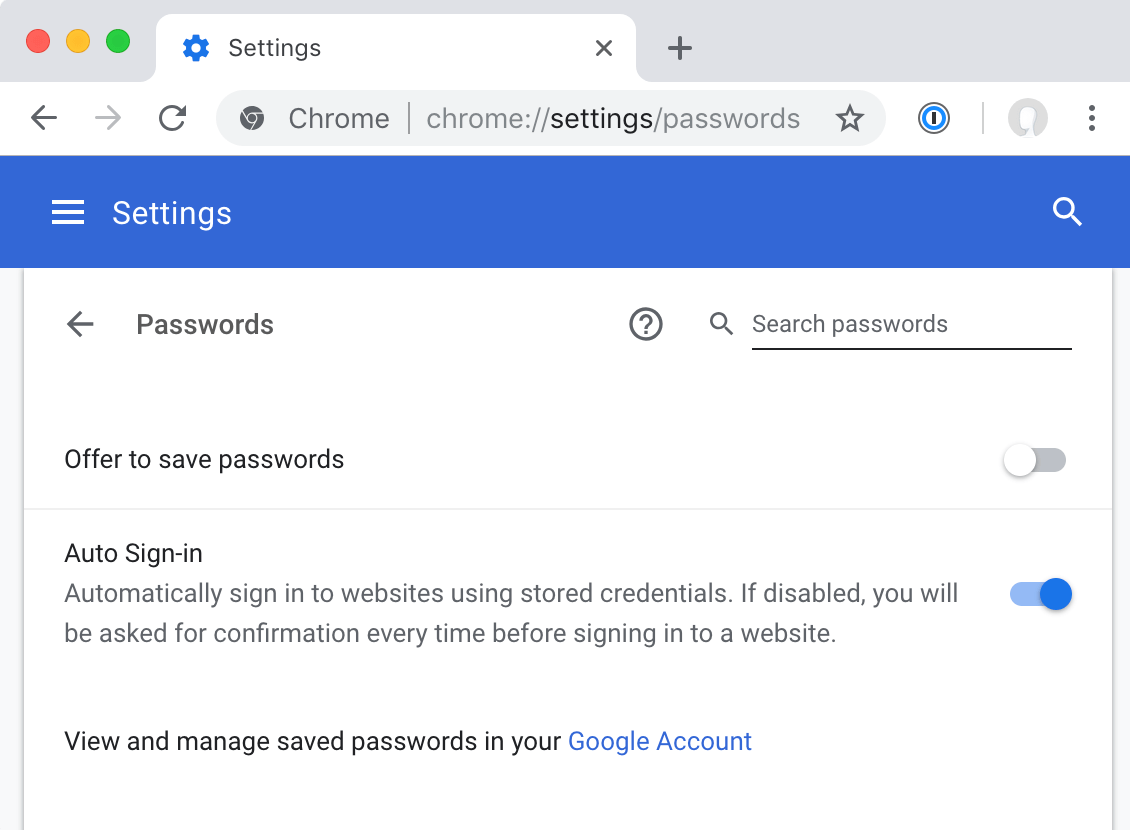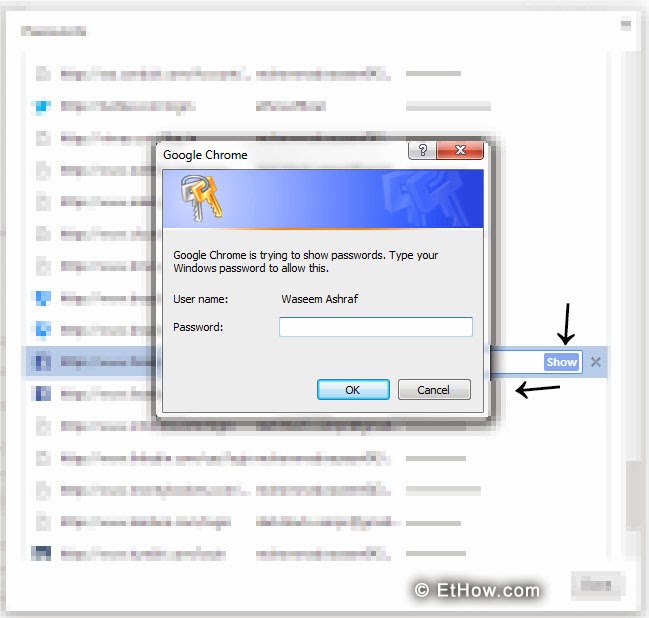
Chrome uses the Operating system account security, such as the admin password of Linux or macOS or one PIN lock on Windows.
:max_bytes(150000):strip_icc()/004_show-passwords-in-chrome-4580283-a82cf17184874f8c9ea19027279962cd.jpg)
In contrast to visiting the site directly, you will be asked to enter an access password in this case. If you now want to see a password, you have to click on the eye. Here you can see a list of all secured accesses.

Here you navigate to the area on the left Autofill and then click on passwords. To do this, open the three dots Settings by Chrome. If you still use the internal password manager, there is of course another way to check the saved passwords. This is how you can see the passwords saved by Chrome Once you click the Eye clicks, Chrome displays the password in clear text. The reason: Not only can anyone standing in front of your Chrome computer happily handle the log-ins, Chrome will also reveal them if you wish. One click on the eye and Chrome already shows the password in plain text. For this reason, you should only use the storage option if you are the only person with access to the browser. Unlike “real” password managers such as KeePass or 1password, which I prefer, you usually have to no master password type to have Chrome fill in the fields. Google Chrome offers an integrated password manager that saves your access data in encrypted form. But where exactly do they end up, how can you change them and how are they protected from unauthorized access? Google Chrome: Integrated password manager If you log in somewhere with a username and password, it only takes one click to save the access data. All users have to do is enter their username to see if their information has been leaked.Be honest: Do you save your website passwords in the browser or do you prefer to use a real one? Password manager? I'll lean out the window and claim that not sooooo few of you also entrust your passwords to Firefox, Safari or Google Chrome.

There are other services available if you’d rather not sign into Google. That will show the password has been leaked without having to look at the actual login info. If the same password exists in Google’s trove of previously stolen logins, it would’ve gone through the same hashing algorithm and so a hash match will be found. That string-which might look something like 855c3697d9979e78ac404c4ba2c66533-is the hash. To do this, Google first turns the password you’re entering into what’s known as a hash by putting it through an algorithm that turns it into a collection of letters and numbers.

No one, including Google, is able to derive your username or password from this encrypted copy.” As Google explained in a blog post sent to Forbes ahead of publication on Tuesday: “When you sign in to a website, Chrome will send a strongly hashed copy of your username and password to Google encrypted with a secret key only known to Chrome.


 0 kommentar(er)
0 kommentar(er)
